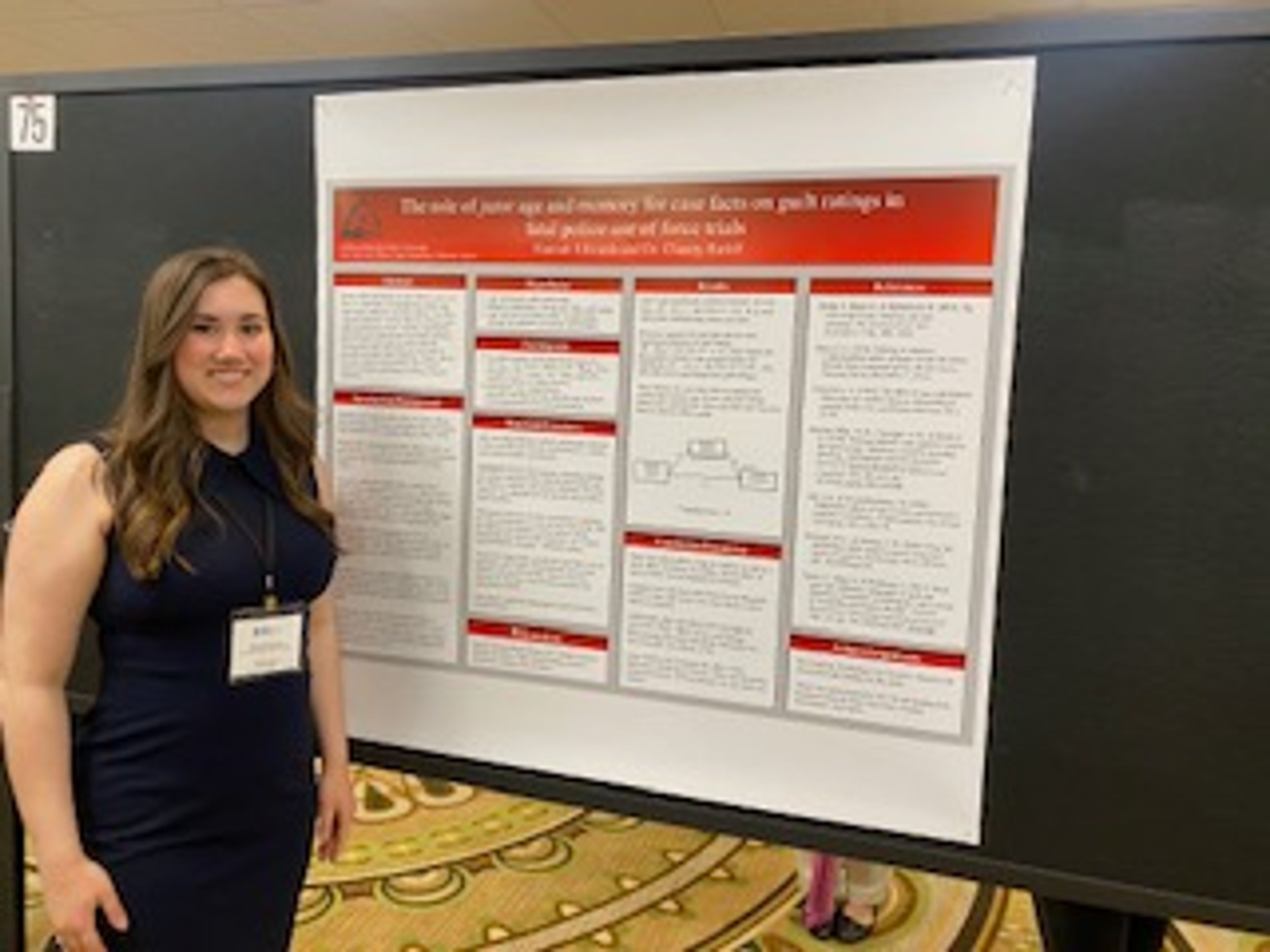On Monday, August 21st, American’s looked up into the sky to witness their first ever total solar eclipse.
Cape Girardeau was one of the cities that fell under the moon’s shadow to witness complete totality of the solar eclipse. Houck Field at Southeast Missouri State University was the gathering point for people around the area, as well as America, to come and witness the eclipse.
Members of Stratostar were in attendance as well to witness the eclipse, but they also saw this as an opportunity to learn more about the eclipse itself. During the eclipse, they sent up to balloons to see both the sun and the Earth, and they will also see both sides of the eclipse from about 80,000 feet as they saw the moon’s shadow on the Earth.
“We will be able to see that streak go across the Earth,” Jason Krueger of Stratostar said.
Along with seeing the eclipse from space, Stratostar helped students learn more about space as they sent up test tubes with the balloons to see what the atmosphere would do to different objects such as corn, rice, bacteria, and even marshmallows. Students from Advance High School also sent up test tubes with the balloons to see if their objects would germinate once they come back. Advance teacher AJ Horn said that his students are doing this because possibly one day there will be plants in space.
“They planned on having a controlled environment back here, so they’re curious to see if the flight would actually affect the germination rates,” Horn said.
Horn’s students also sent up popcorn seeds to see if they would pop after they came back down to Earth.
Students from other local high schools made their way to Houck as well to witness the solar eclipse. Delta Elementary School principal Kenyon Wright said he wanted his students to see the eclipse because it is a once in a life time opportunity.
“We wanted our kids to be able to see this piece of history,” Wright said. “It’s important to our school and our community and not every kid gets to see something like this.”
The President of Southeast Dr. Carlos Vargas said he was excited to see the eclipse first hand, but he was more excited to see all of the kids be able to witness it first hand as well.
“It was very exciting me to see so many children here, because science is so exciting,” Dr. Vargas said. “We need to have these children here to embrace it.”
Dr. Vargas also said that making the decision to cancel classes was not an easy decision to make.
“We didn’t just do it out of the blue, we really talked about it quite a bit of time. We feel that this event is so important that we felt that this event is so important that it was worth having the opportunity for our students to be out here and really experience this opportunity,” Dr. Vargas said.
Southeast had a special guest on hand throughout the day on campus. Dr. Michio Kaku, Chair of Theoretical Physics at the University of New York, said that this was the most studied solar eclipse in human history because there could be a solar flare one day that will wipe out satellites and power stations that will send people back 100 years before the electric age and everyone will be clueless about the sun.
The students in the College of Education still had plenty of work to do after the eclipse was over.
“We will be in communication with our chase teams and doing the recovery part.” Dr. Diana Rogers-Adkison, Dean of the College of Education, said. “We need our payloads back and get them back to these school districts so kids can finish their experiments.”
To make sure they get their payloads back, they had a GPS, an airplane in the air to follow their balloons as they cross over into Southern Illinois, as well as several cars to follow the balloons as well.
Dr. Karl Kunkel, Provost of Southeast, said that it was very important for student to get off of school to experience the event.
“I’d hate to have students to make the choice between sitting in class or coming out to see what we saw,” Dr. Kunkel said. “To make it available to students without conflicts was important to not have classes between noon and two o’clock.”
There will be another solar eclipse on April 8, 2024. According to Dr. Vargas, this eclipse will last over four minutes in Cape Girardeau since it will be more in the direct path of the moon.





